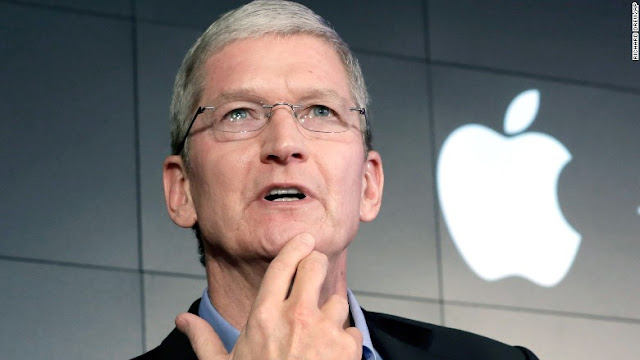Apple is testing next-generation wireless
technologies, often called "5G," that could potentially radically
increase the speed and bandwidth of an iPhone's cellular connection.
An application for an experimental license to use new wireless technology, called millimeter wave, was signed on Tuesday by Apple and made public by the FCC.
"Apple Inc. seeks to assess cellular link performance in direct path and multipath environments between base station transmitters and receivers using this spectrum," according to the application.
"These assessments will provide engineering data relevant to the operation of devices on wireless carriers’ future 5G networks," it continued.
Apple will test these technologies at two locations, according to the application: One in Milpitas, California, on Yosemite Drive, and one on Mariani Avenue that was originally Apple's first headquarters, and is adjacent to its current headquarters at 1 Infinite Loop.
From the application:
Apple intends to transmit from two fixed points located at Apple-controlled facilities in Cupertino and Milpitas, CA. These transmissions will be consistent with the parameters and equipment identified in Apple’s accompanying Form 442, and will include the use of a horn antenna with a half-power beamwidth of 20 degrees in the E-plane and H-plane and a downtilt between 20 - 25 degrees. Apple anticipates that it will conduct its experiments for a period not to exceed 12 months.
The Apple application specifically mentions the 28 and 39 GHz bands, which the FCC approved for commercial use for 5G applications last year. The experiments will use technology manufactured by Rohde & Schwarz, A.H. Systems, and Analog Devices.
The application lists Mark Neumann, a regulatory engineer, as its primary contact.
One of the biggest promises of "5G" or millimeter wave technology is that when it is ubiquitous, latency will go down, allowing devices to access more bandwidth more reliably than is currently possible with cellular networks.
However, it's unclear what Apple's intention for these two testing sites is, and Apple has not been publicly connected to 5G research or experimentation before, although it did recently join an industry group for 5G development.
One of the bands that Apple intends to test, 28GHz, is allocated for earth-to-space transmissions, according to part of the application. Bloomberg reported last month that Apple formed a new hardware team filled with people who have experience with spacecraft and satellite design.
The filing comes as Apple is in a legal dispute with its current supplier for wireless chips, Qualcomm, over licensing fees.
Apple did not immediately respond to a request for comment.
An application for an experimental license to use new wireless technology, called millimeter wave, was signed on Tuesday by Apple and made public by the FCC.
"Apple Inc. seeks to assess cellular link performance in direct path and multipath environments between base station transmitters and receivers using this spectrum," according to the application.
"These assessments will provide engineering data relevant to the operation of devices on wireless carriers’ future 5G networks," it continued.
Apple will test these technologies at two locations, according to the application: One in Milpitas, California, on Yosemite Drive, and one on Mariani Avenue that was originally Apple's first headquarters, and is adjacent to its current headquarters at 1 Infinite Loop.
From the application:
Apple intends to transmit from two fixed points located at Apple-controlled facilities in Cupertino and Milpitas, CA. These transmissions will be consistent with the parameters and equipment identified in Apple’s accompanying Form 442, and will include the use of a horn antenna with a half-power beamwidth of 20 degrees in the E-plane and H-plane and a downtilt between 20 - 25 degrees. Apple anticipates that it will conduct its experiments for a period not to exceed 12 months.
The Apple application specifically mentions the 28 and 39 GHz bands, which the FCC approved for commercial use for 5G applications last year. The experiments will use technology manufactured by Rohde & Schwarz, A.H. Systems, and Analog Devices.
The application lists Mark Neumann, a regulatory engineer, as its primary contact.
One of the biggest promises of "5G" or millimeter wave technology is that when it is ubiquitous, latency will go down, allowing devices to access more bandwidth more reliably than is currently possible with cellular networks.
However, it's unclear what Apple's intention for these two testing sites is, and Apple has not been publicly connected to 5G research or experimentation before, although it did recently join an industry group for 5G development.
One of the bands that Apple intends to test, 28GHz, is allocated for earth-to-space transmissions, according to part of the application. Bloomberg reported last month that Apple formed a new hardware team filled with people who have experience with spacecraft and satellite design.
The filing comes as Apple is in a legal dispute with its current supplier for wireless chips, Qualcomm, over licensing fees.
Apple did not immediately respond to a request for comment.










No comments:
Post a Comment